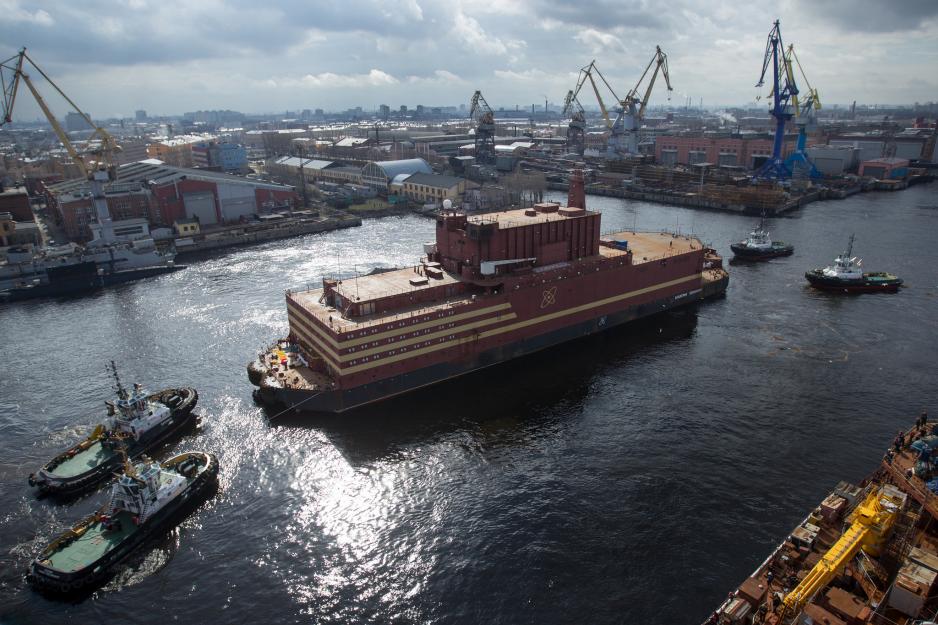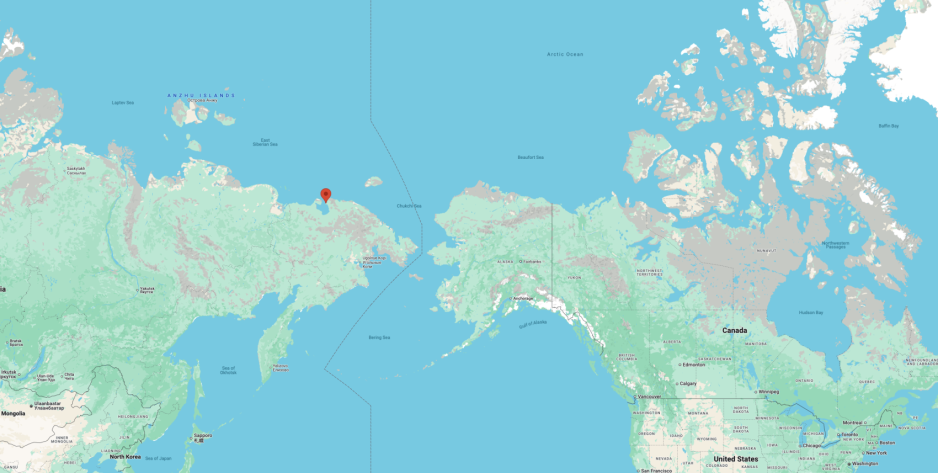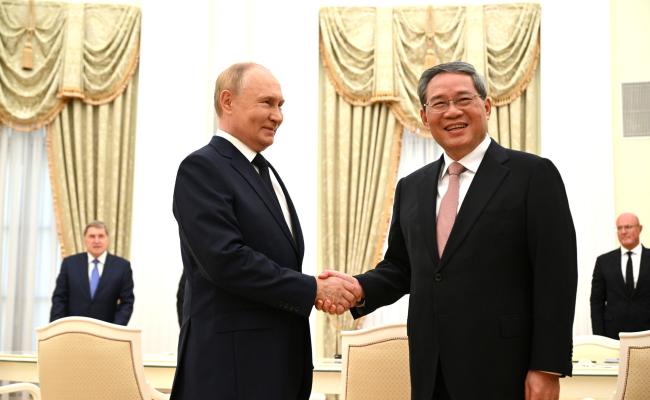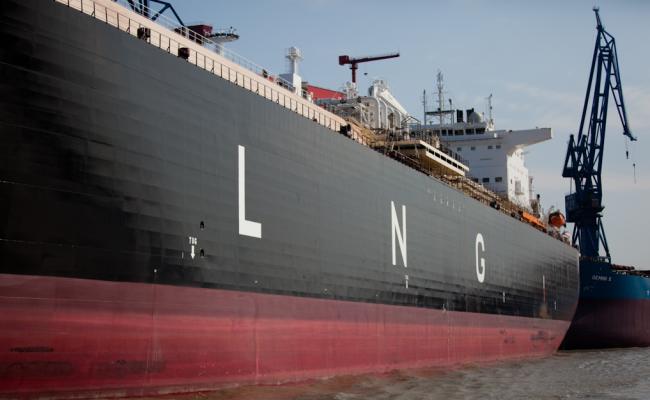Business Index North: Russian Investments in The Arctic Offer a Glimpse of Putin's Arctic Visions

The Akademik Lomonosov being maneuvered by tug boats in the Port of Murmansk. (Photo: Courtesy of Rosatom)
A new report sheds light on Russia's Arctic investments, and highlights the region's increased strategic importance.
Researchers with the Business Index North (BIN) project have investigated Russia's Arctic investments. According to a new report, they have found that Russia accounts for 50-60 per cent of all Arctic investments. The rest is divided among the seven other Arctic nations; Norway, Sweden, Finland, Denmark, Iceland, USA and Canada.
The research indicates Russia's strategic positioning in the Arctic region and the importance of following developments closely in the years to come.
"There is a strong will from Russia to develop the region", says Andrey Mineev, head of the BIN project, in a press release from the High North Center for Business and Governance.
The largest investments take place in the Yamalo-Nenets, in the far north-west of the Siberian plain.
Together with the regions of Sakha (Yakutia), Krasnoyarsk, Komi, Nenets and Murmansk, these areas account for 80 per cent of Arctic investments. The investments are linked to, among other things, mineral extraction, production and transport.
Investment in Chukotka is linked to several major projects
One graph that stands out in the report, according to Mineev, and that is the investments in Russia's easternmost Arctic region. A small region named Chukotka. This area is so far east that the distance to American Alaska is only a few kilometers, across the Bering Strait.
While investments in the Russian Arctic have generally decreased by 18 per cent in the period 2017-2022, investments in Chukotka have increased by 388 per cent.
The report indicates that there is a Russian ambition to make Chukotka a focal point for Russia's economic and geopolitical ambitions in the Arctic.
The sharp increase in investment in Chukotka is linked to several major projects:
- Mining: Significant investments in gold and copper production.
- Energy: The floating nuclear power plant Akademik Lomonosov in Pevek.
- Infrastructure: Development of new maritime terminals for the Northern sea route.

Location of Pevek on Google Maps.
It is noted that developments in Chukotka can be seen as a sign of Russia's future ambitions in the Arctic. This includes the long-term goal of increasing traffic along the Northern Sea Route.
This route runs from Novaya Zemlya in the west to the Bering Strait in the east along the coast of Russia, enabling faster transport of goods between Europe and Asia.
"Although Chukotka is a small region, this development provides an interesting insight into Russia's Arctic strategy", explains researcher Mineev.
Chukotka is also known for being home to the world's first floating nuclear power plant. The Akademik Lomonosov, built on a 144-metre-long platform housing two reactors, made headlines in 2019 when it was towed along the Norwegian coast to Murmansk.
Its remarkable capacity to run a city of 100,000 people stands in stark contrast to Pevek's population of just 4,230, underscoring the scale of Russia's Arctic ambitions. Deploying such advanced technology in a sparsely populated area like Pevek serves several strategic purposes.
Also read (The Article Continues)
It not only helps to combat depopulation, but also ensures a stable presence in strategically important regions of the Russian Arctic, and strengthens national security and economic interests.
It also replaces an outdated coal-fired power plant and reduces the load on the aging Bilibinskaya nuclear power plant, in line with Russia's increased emphasis on environmental responsibility in its Arctic development strategies.
Currently operating at 30 percent capacity, the facility is also pursuing an even broader strategy: As melting ice opens up new shipping lanes and improves access to oil and gas reserves, Russia is trying to position itself to take advantage of new opportunities in the region.
However, the reserchers says that the floating nuclear power plant remains controversial, with concerns raised by environmental groups and neighboring countries about its safety and potential ecological risks.
In all respects; the presence of this "oversized" facility in Chukotka signals Russia's long-term commitment to industrial development in the Arctic. It represents not only an energy solution, but a statement about Russia's ambitions to dominate the changing northern parts.
Great uncertainty as to whether Russia will be able to carry out all its plans
The recent BIN report shows to a large extent that the extraction of natural resources is of the highest priority in the economy of the Russian Arctic.
The figures show that almost 60 per cent of the investments in the Russian Arctic go to this sector, compared to only 16.8 per cent for Russia as a whole.
This underlines the region's strategic importance for the country's resource development. The report also shows that Russia has great ambitions for the future:
Further development of energy and transport infrastructure and extraction of natural resources are considered central, but science and technology and sustainable socio-economic development are also considered important areas of focus.
"There is also great uncertainty as to whether Russia will be able to carry out all its plans", says researcher Andrey Mineev.




